How Does An Engine Idle?
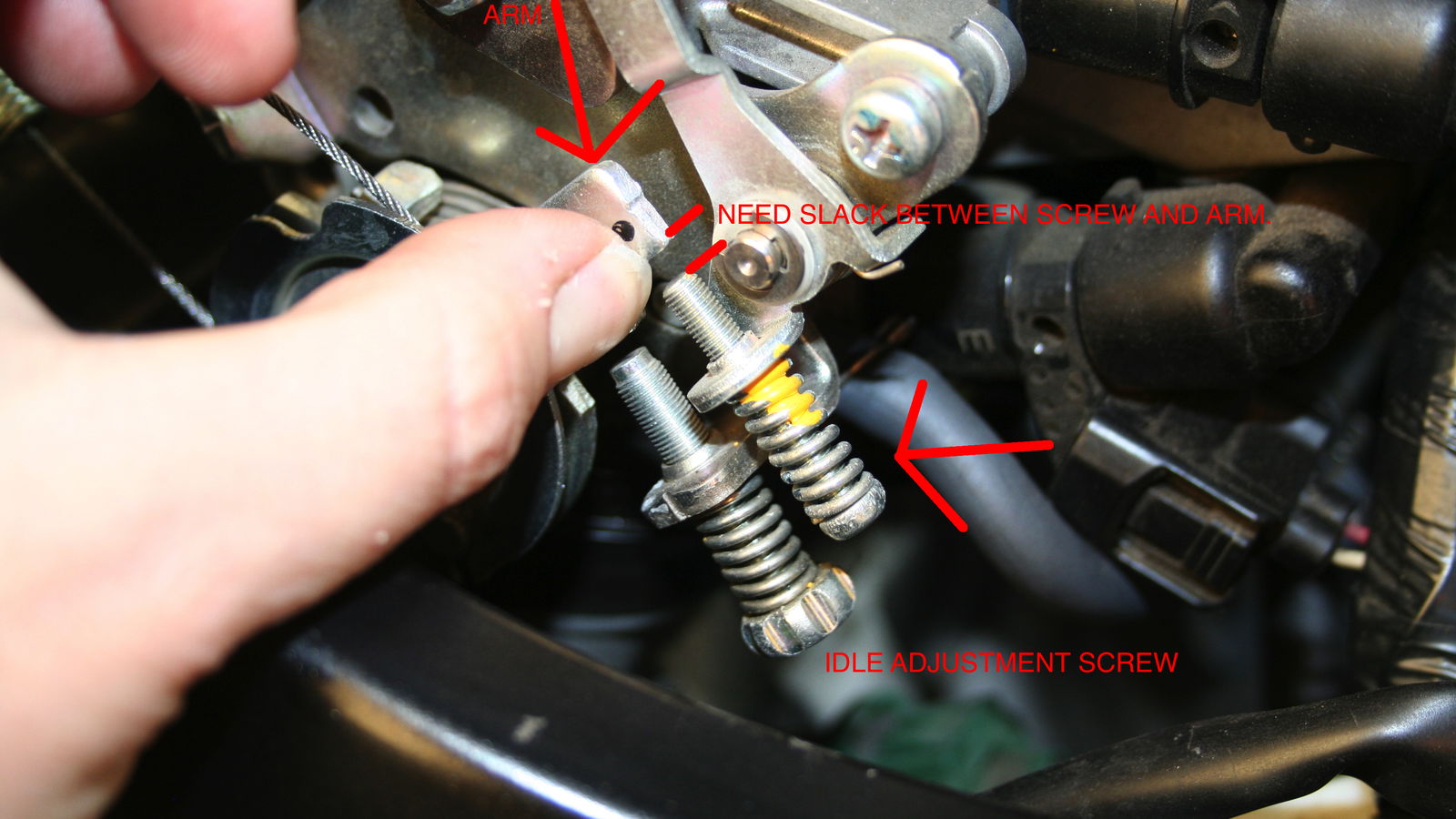
Keeping an internal combustion engine running is by far on of the greatest engineering feats of all time. Managing to get over 10,000 components to all interact with each other in an extremely precise and frequent sequence is truly something that should never be taken for granted.
With a relationship formed between airflow and fuel injection being the basis of the reciprocation of an IC engine, there needs to be a method of keeping the engine conveniently running when progress is not needed. Thankfully, the clever-clogs of the engineering world came up with the engine idle, which allows an IC engine to sit stable at a low engine speed without any throttle input, managing to avoid any form of stalling.
An engine’s idle is firstly set by a simple throttle stop, known as an idle screw. This screw takes its position on the side of the throttle body and stops the throttle linkage arm from completely shutting the butterfly valve that allows air to enter the intake manifold.
The throttle stop allows the butterfly valve to sit ever-so-slightly open, thus allowing for a minimum amount of airflow to reach the combustion chamber. This opening is just enough to allow a specific amount of airflow through to keep the engine running when there is no physical throttle input from the gas pedal.
Next comes the idle air control valve or IAC valve. With the throttle stop being a fairly rudimentary form of creating an idle, the IAC valve uses sensors that talk to the ECU to adjust airflow into the engine to accomplish a desired engine speed at idle.
Air is allowed to bypass the butterfly valve and instead is sucked in via the vacuum within the inlet manifold to keep the idle as stable as possible in differing conditions. Sensors are used to measure factors like ambient temperature and electrical load on the vehicle to then influence the percentage that the IAC valve opens or closes to find the desired engine speed for idle.
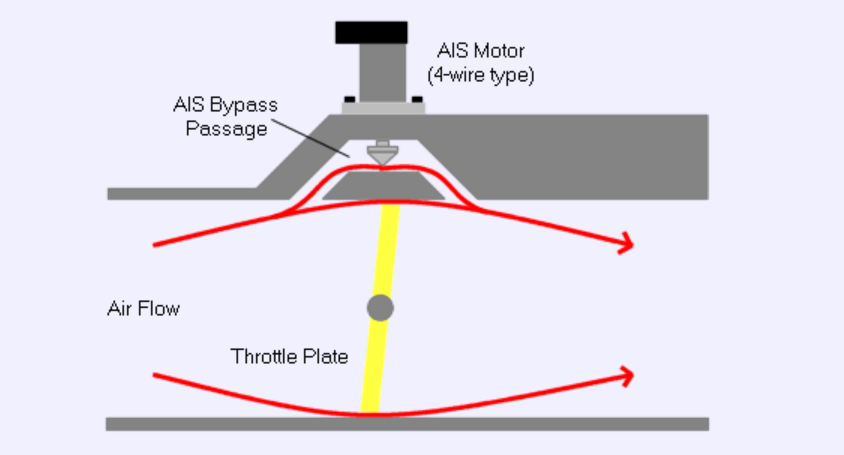
One major case that shows the importance of an IAC valve is in cars featuring air conditioning. Due to the relatively large load placed upon a car from AC, the idle will drop slightly as the engine works to run such an ancillary component. The IAC valve therefore steps in by opening up to allow more air through to the intake manifold, thus raising the idle back to the set engine speed.
Within engine mapping there are specific air/fuel ratios set for idle engine speeds and therefore the control of an engine idle these days can become an extremely technical and complex process of fine adjustments. As a rule, it’s advisable not to mess around with the idle screw positioning as it has been set from factory to a specific thread along its length to create a sensible engine idle possible. If tampered with – let’s say elongated to a higher throttle percentage opening – a slight lag in throttle response can occur if the morse cable connecting the throttle pedal to the throttle body is not also adjusted as it will have slackened compared to the standard idle screw positioning.
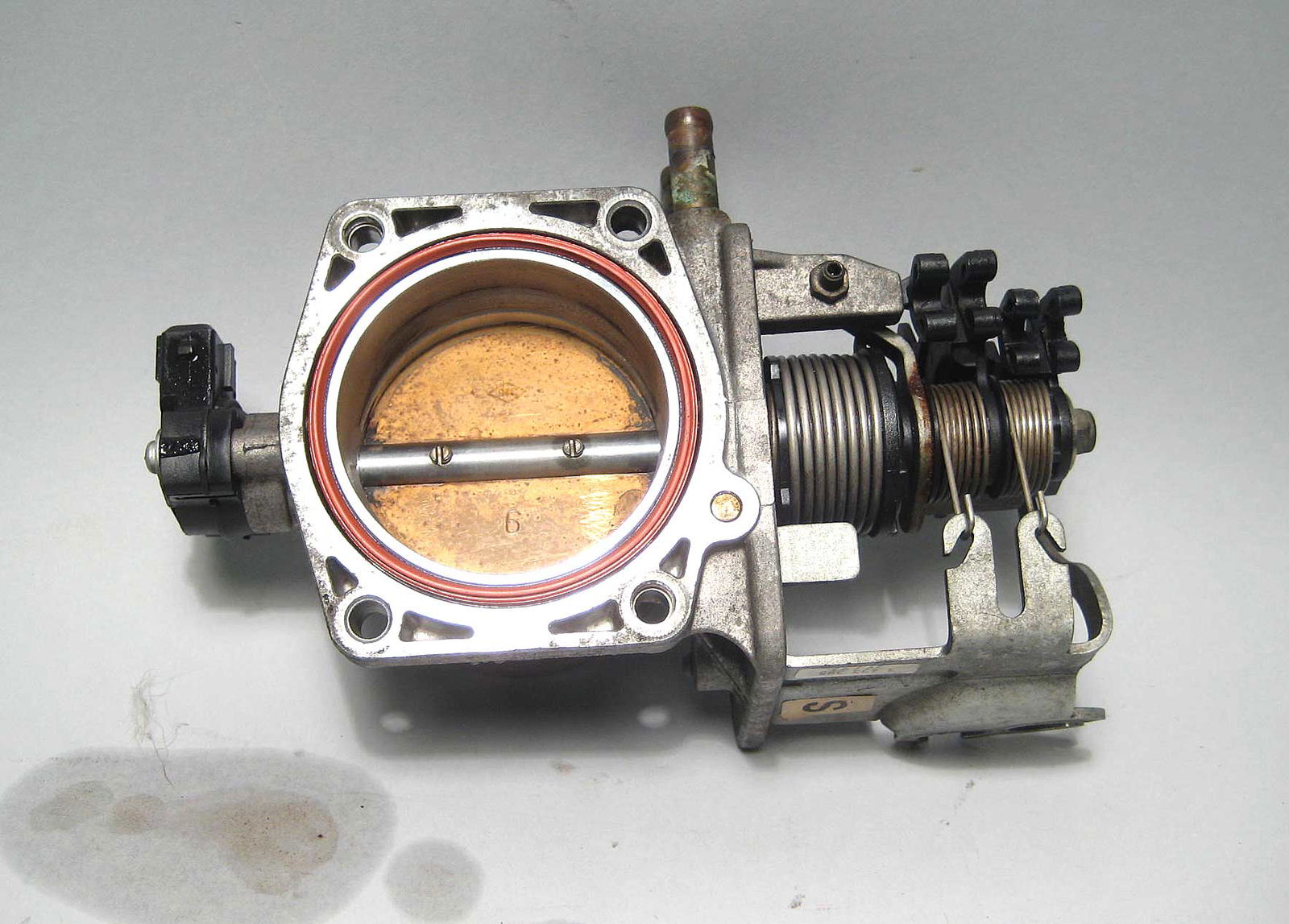
All this mechanical complexity has already started to be overcome by the power of electricity, as throttle-by-wire systems are beginning to infiltrate the market. By using a position sensor on the throttle pedal, the ECU can then tell the butterfly how much to open, along with setting its own idle positioning using a simple feedback loop control system. Although this will seem a detachment from the mechanical processes occurring within your car, the ability for the ECU to self-tune the idle will see much more consistent idling speeds.

As with almost any aspect of a car, problems can occur with your idle. It’s not uncommon to have a car idling badly; be it too high, too low, fluctuating or even not idling effectively enough to keep the engine running causing a stall. Although there could be many potential causes for dodgy idling, vacuum leaks are by far the most common culprit for fluctuations in an engine’s idle speed.
A vacuum leak occurs around the intake system where small holes or gaps appear in gaskets which allow additional air to be sucked into the intake on top of the air entering the system properly through the throttle body. The unwanted influx of air can be unstable and fluctuate, which destabilises the idle speed of the engine as the ECU tries to figure out the correct air/fuel mixture to concoct.
Another main cause of an unstable idle is to do with the cooling system, strangely. If there are air bubbles in the cooling system or coolant levels are generally low, the temperature sensor will fluctuate erratically and will send the ECU into a frenzy as it tries to adjust the air/fuel ratio to try and stabilise the situation, thus causing engine speed to increase and decrease.
Solutions to these problems can be easily found by replacing old gaskets, making sure all connections featuring vacuum lines are properly sealed and simply keeping your coolant topped and bled of any unwanted air bubbles. Also just keeping you intake system as clean as possible is ideal for creating the optimum conditions for a smooth idle.
Whether you own a little 1.6-litre pocket rocket that rests at 750rpm or a highly-strung, race-derived powertrain with a stupidly high idle setting, the systems explained above all combine to make sitting at the traffic lights that little bit easier. By allowing you to sit and listen to your engine purring at its minimum speed, idling is one of the simple pleasures of petrolhead life that will hopefully put a smile on car fan’s faces for decades to come!
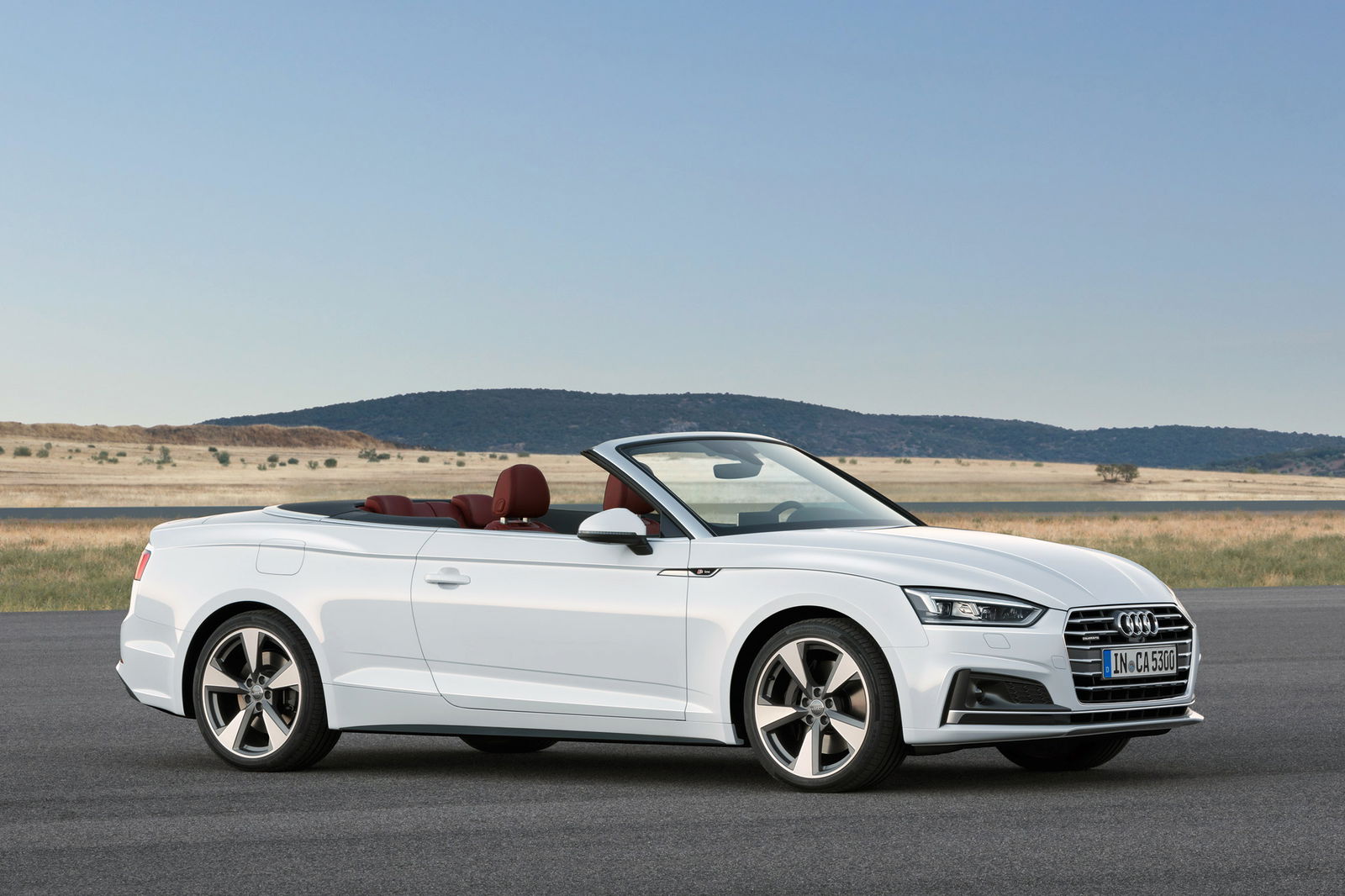
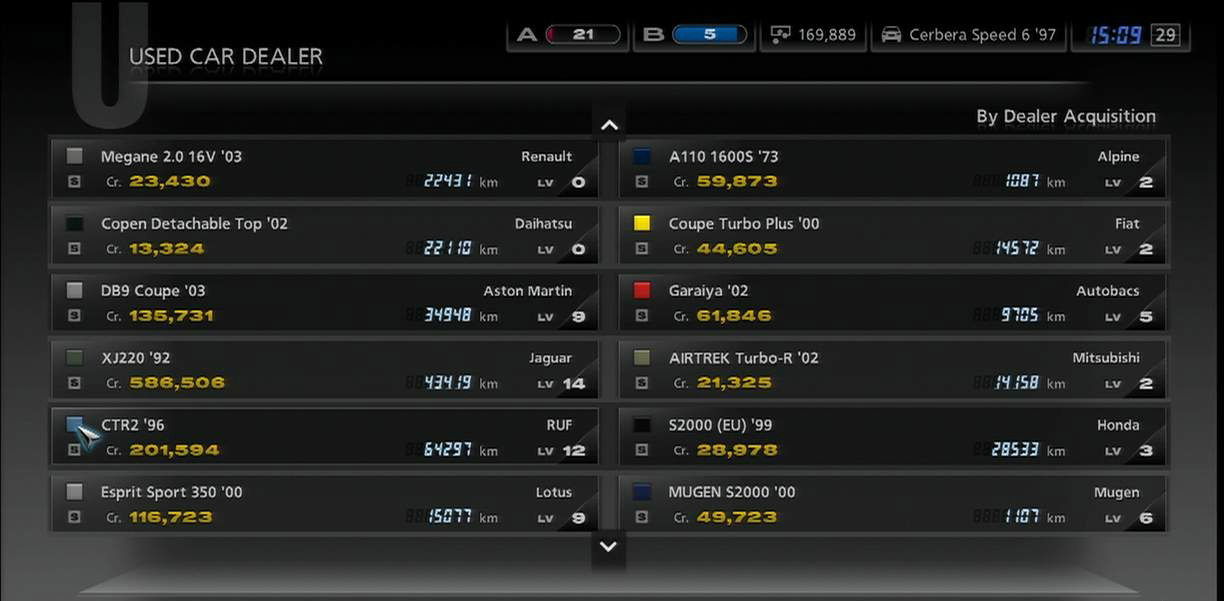
Comments
usually fuel idle economy 0.5 liter per hour
throttle by wire “beginning” to infiltrate the market? They have invaded the market, I dont know any new car that doesnt have an electronic throttle body and they can actually be good if tuned well but the big majority of them are tuned for emissions resulting in poor throttle response and annoying rev hang. I know many new cars which you can put your foot to the floor quickly in neutral and it wont even rev to 2000rpm ….hopefully my car has a good old cable and amazing throttle response
My m3 doesn’t stay at the same revs when idling it crawls up and down
The best DIY video i’ve seen in my life!
Meanwhile my diesel clatters on without even a throttle body ;)
funny thing is that just yesterday I sat in that exact 787B
How does an engine idle? It’s pretty simple. They do it, by not working too hard……
“10,000 components”? Is this a V17 octo-cam? That’s a lot of parts
V8’s, because scaring other cars at idle is the American way
that mazda idles at the red line of my golf.
Pagination